BAR – Browning Automatic Rifle, US light machine gun or assault rifle from both World Wars.
History, development, service, specifications, pictures and 3D model.
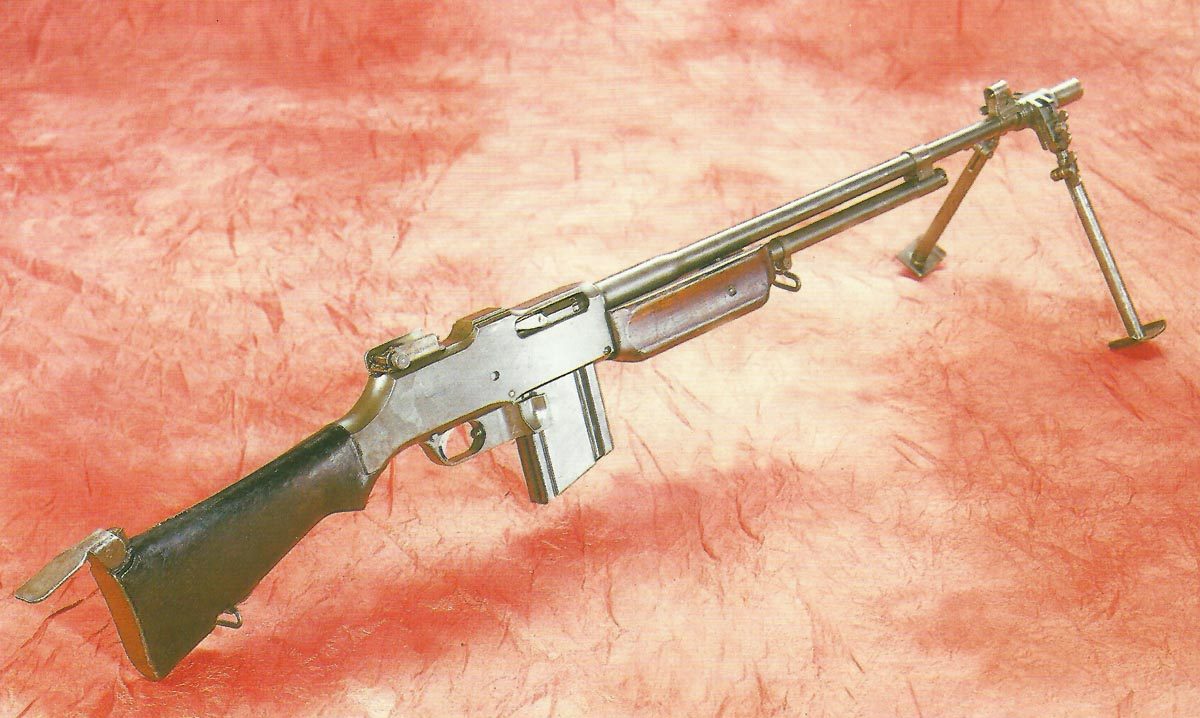
Browning Automatic Rifle (BAR)
Table of Contents
Browning Automatic Rifle (BAR)
Type: heavy automatic rifle or light machine gun.
The Browning Automatic Rifle (BAR) is a legendary American light machine gun/automatic rifle that was first developed during World War I.
Overview
Design: Designed by John Browning in 1917-1918.
Adoption: Adopted by the U.S. military in 1918.
Service: Used in World War I, World War II, Korean War, and early stages of the Vietnam War.
Caliber: Most commonly chambered for .30-06 Springfield ammunition.
Operation: Gas-operated, air-cooled, selective fire weapon.
Capacity: 20-round detachable box magazine.
Weight: Approximately 16-19 pounds, depending on the variant.
Length: Around 47-48 inches.
Rate of fire: 500-650 rounds per minute, depending on the model.
Variants: Several variants were produced, including the M1918, M1918A1, and M1918A2.
Role: Primarily used as a squad automatic weapon to provide suppressive fire.
Strengths: Reliable, accurate, and powerful.
Weaknesses: Heavy for an individual weapon, limited magazine capacity compared to belt-fed machine guns.
Legacy: Influenced the design of later automatic rifles and light machine guns.
Civilian use: Semi-automatic versions have been produced for civilian markets.
The BAR was known for its reliability and firepower, making it a respected weapon among soldiers despite its weight and limitations.
Browning M1918 in World War One

In February 1917, shortly before the USA entered World War One, Browning presented two automatic weapons designs to Congress in Washington. One of them was the heavy machine gun Browning M1917, while the other gun is actually a hermaphrodite.
This Browning Automatic Rifle M1918 or short BAR did not fit into any category. The rifle was the size of an ordinary repeating rifle, but with twice the weight and made continuous fire possible by a gas pressure mechanism, which moved the locked breech.
In many other armed forces, the weapon later served as a light machine gun, but in the US Army it was initially used exclusively as an automatic rifle and was often used in a similar way to later assault rifles.
It was still a relatively light and movable weapon, which could fire single shots or full-auto and was used by one man.
At the beginning of 1918 the BAR was produced in several factories, but since Colt held the Browning patents at that time, they first completed the technical drawings and models for the other manufacturers. So it took until September 1918 until the BAR could finally be used.
But then the weapon made such a great impression on the American soldiers that the BAR was still used in the Korean War and was used by the US Army until 1957.
Why the American soldiers were so fascinated by the BAR is actually difficult to explain. The first BAR, which were used in World War One, could only be fired from the hands, because they did not even have the bipod of a light machine gun.
In addition, the box magazine contained only 20 rounds of ammunition, so that during automatic firing the length of the possible burst was very limited and much too short for most infantry fights. Also, a hot barrel could not be replaced quickly and easily.
As a light machine gun the BAR was actually too light, while as an automatic rifle it was too big and too heavy.
But during World War One, the American soldiers were glad to have received the BAR and no longer had to fight with the terrible Chauchat machine gun.
Apart from the Springfield rifle, the BAR was pretty much the only real American weapon they had received and undoubtedly wanted to emphasize the quality of their national firearms.
The BAR was indeed an impressive looking weapon, was excellently crafted and had an excellent wooden stock. In addition, the weapon could withstand heavy blows and a hard treatment well.
For maintenance and repairs, the BAR could be quickly and easily dismantled into its 70 parts and reassembled just as easily.
For combat missions, the US Army had some combat exercises carried out for the BAR. A drill did not last long, in which attacking soldiers should fire a shot with every left foot step forward.
In fact, practical drills only emerged after the few months of war with American involvement had been analyzed after the November 1918 ceasefire.
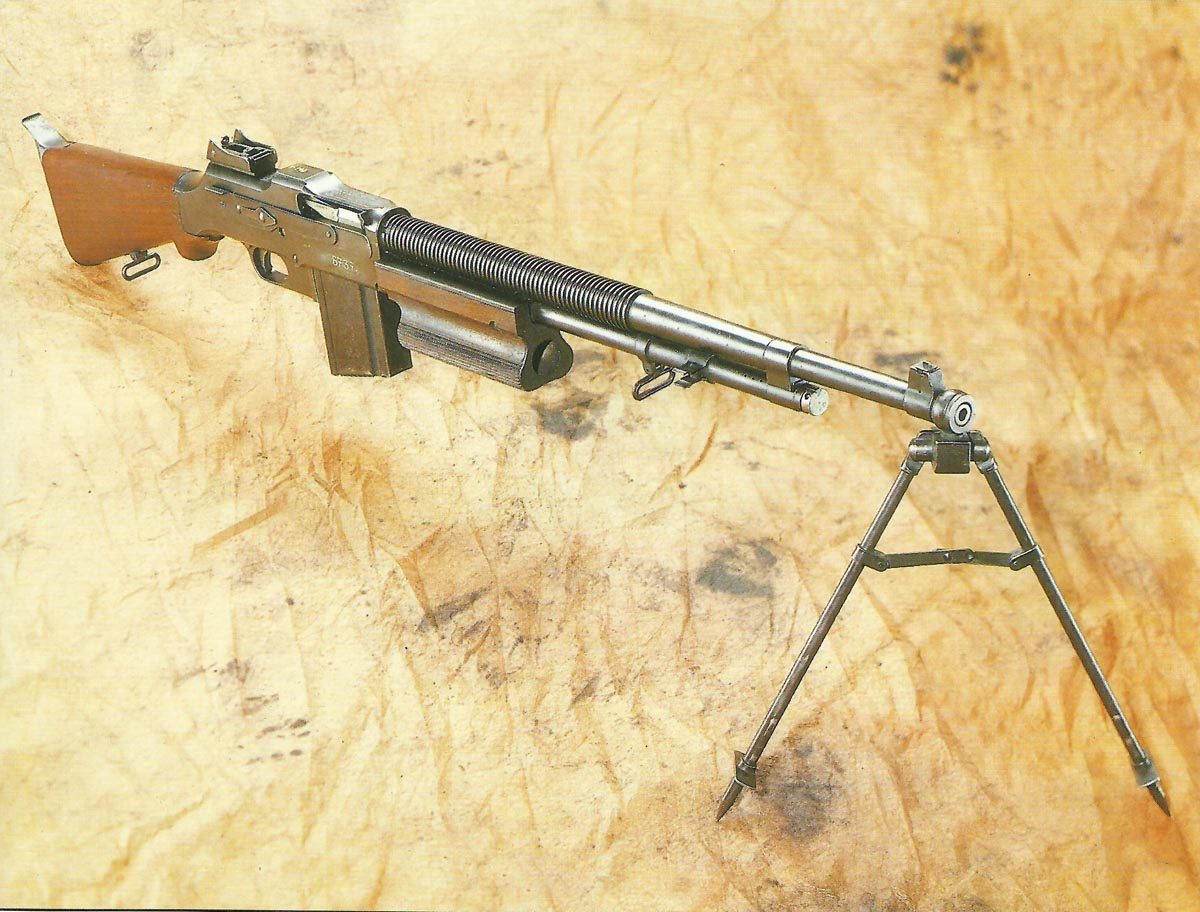
So now a bipod and shoulder strap were mounted to carry the BAR and it became the BAR M1918A1 in 1937. Instead of being a kind of assault weapon, as it was used in the trench warfare of World War One, the BAR supported the infantry group by covering fire during combat.
A total of about 85,000 copies of the 1918 model were delivered and the original M1918 stock was sent to Britain in 1940 to equip the Home Guard and other secondary units.
Browning M1918A2 in WW2
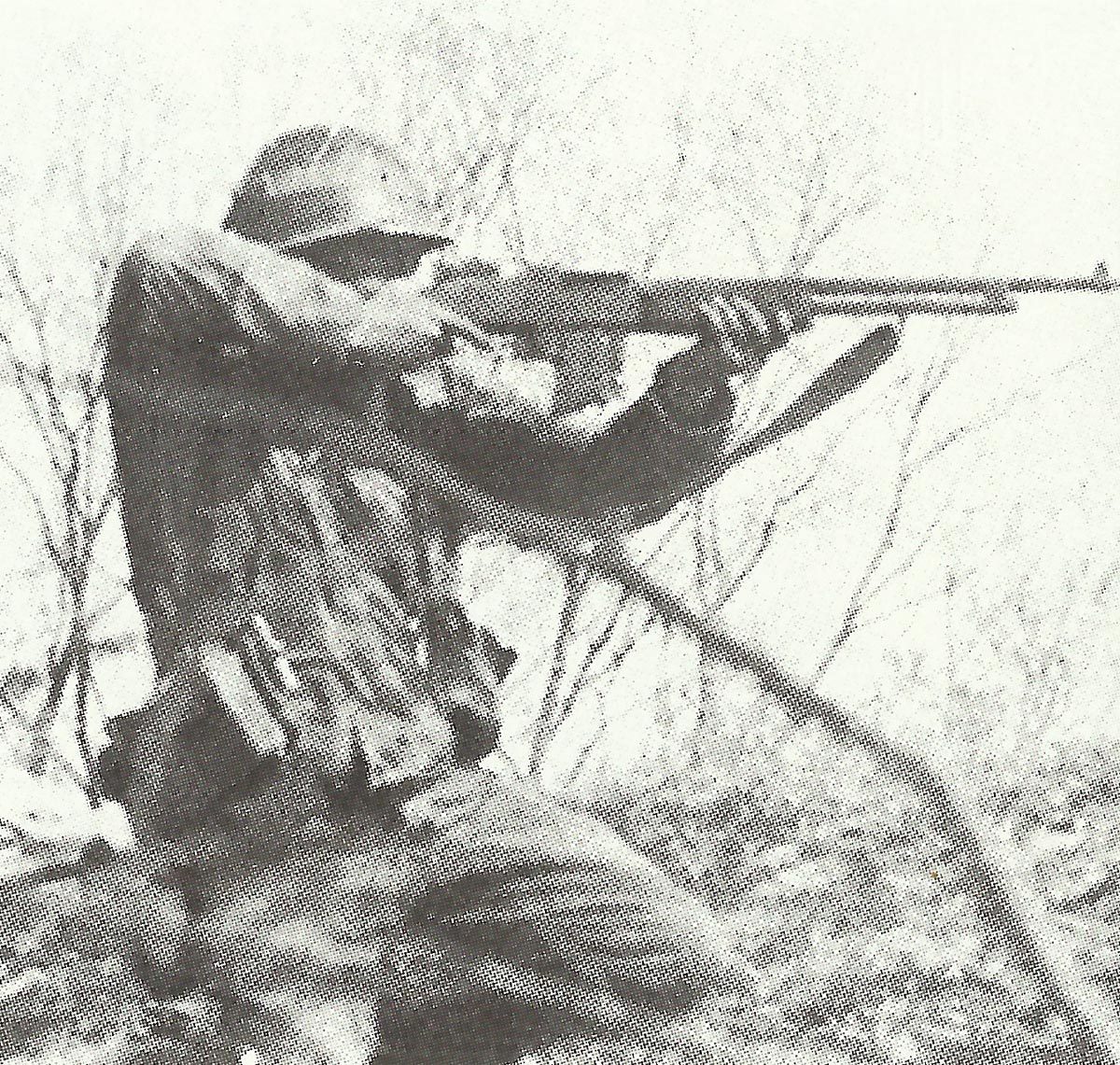
After the outbreak of World War II the light Browning machine gun was changed in 1940 to the BAR M1918A2 and in this version large quantities were ordered by the US Army. In this model the bipod was revised and the firing stability was improved.
Besides the M1918A1, the new M1918A2 was the main light support weapon for an infantry platoon of the US Army and the US Marines in World War II. However, the weapon was still fired from case to case as a kind of ‘assault rifle’ holding in the hands.
The new weapon was manufactured by the New England Arms Company and the International Business Machines in a quantity of 208,380 units.
This made the BAR M1918A2 the most common light machine gun in the US armed forces and remained in use in this form until the early 1960s.
Nevertheless, there was still a lack of the too small magazine with only 20 rounds when used as a light machine gun. It was still considered a hermaphrodite by military theorists, while it was generally popular with field troops.
During the Second World War, the M1918A2 was also used by many Allied forces, including the National Chinese Army.
It is still in use in Third World countries today and a modernized version for police missions is available under the name ‘Monitor’.
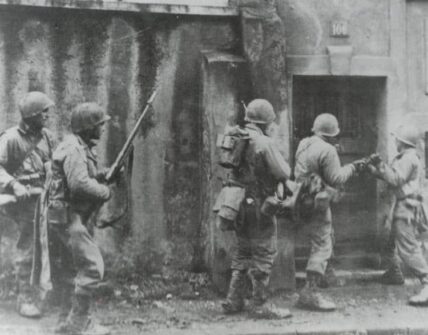
Browning M1918 in Belgium and Poland
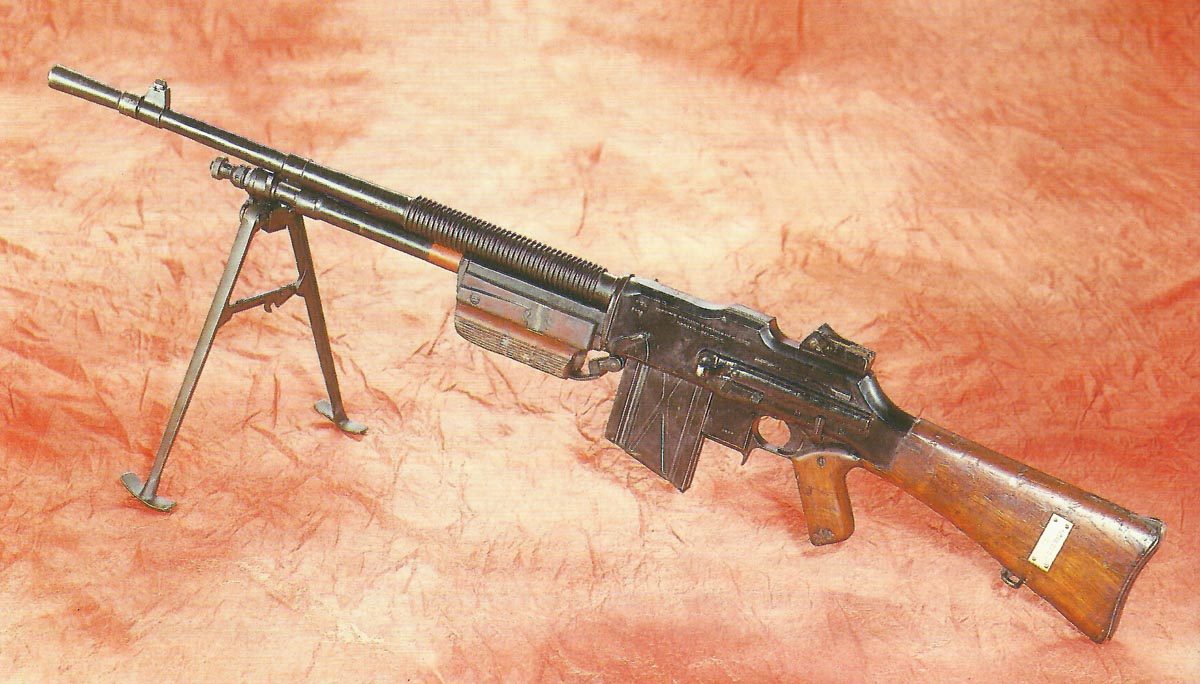
The inventor of the Browning machine gun, John M Browning, worked for the Belgian Fabrique Nationale d’Armes de Guerre in Herstal for years after World War One, where he died in 1928. Since 1920 his BAR was produced here under license and small quantities were also delivered to the armed forces of Sweden, some Baltic states and Central and South America, including Honduras. Many of these eventually ended up with the National Chinese Army.
The Belgian armed forces introduced the slightly improved and precisely processed original 7.65 mm caliber weapon as a 1930 model and used it in 1940. During the German occupation, the FN weapon factory continued to build the machine gun for the Wehrmacht.
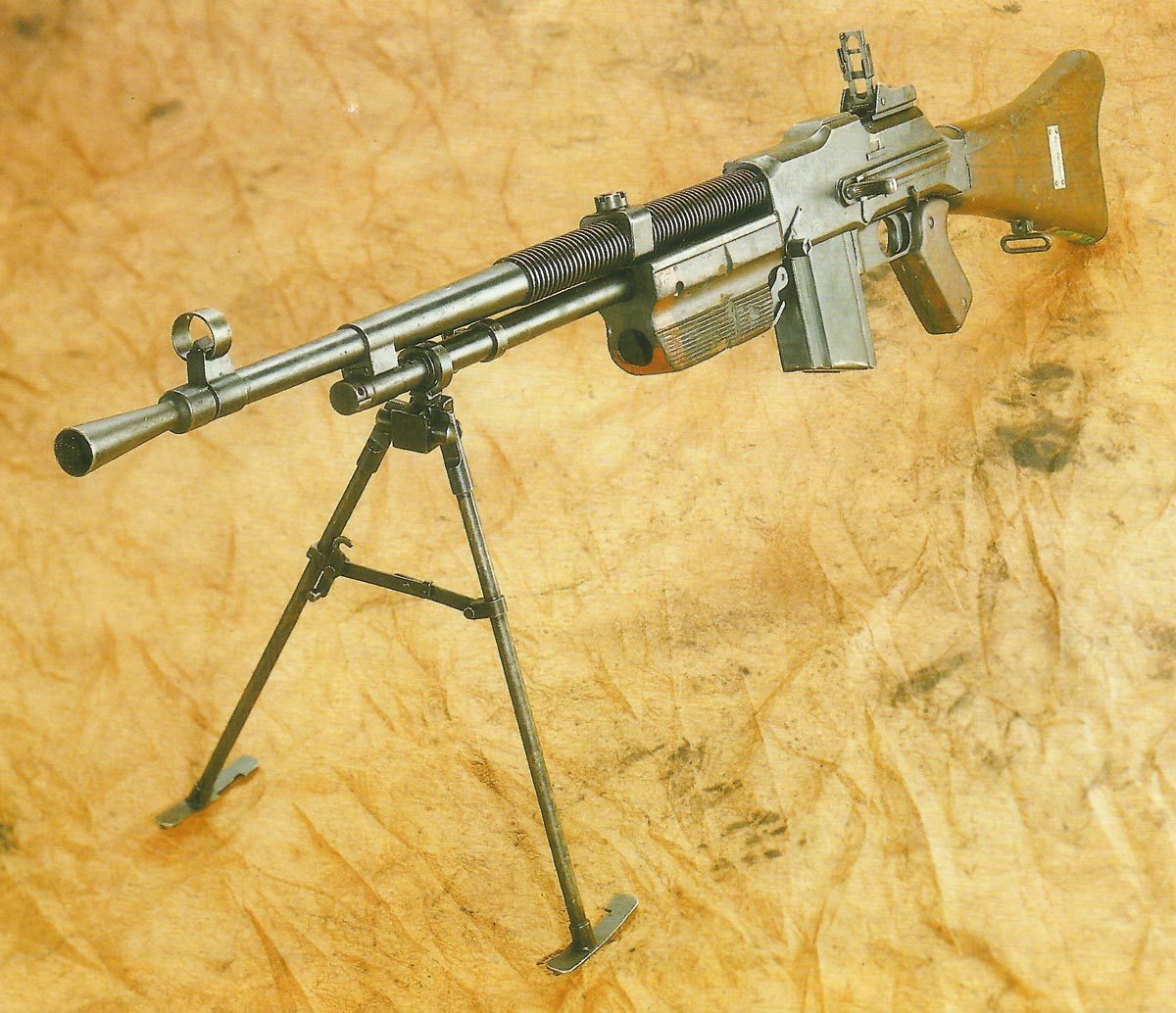
The Polish army introduced the BAR modified in caliber 7.92 mm as model 1926 and the Belgian company delivered about 10,000 pieces until 1930. Subsequently, the Warsaw factory began to build its own model in 1928, which was based on a Belgian license.
This light machine gun was perfected by 1939 and around 11,000 weapons were available to the Polish armed forces at the outbreak of World War II.
Before the war, 1,880 units were exported by the Poles and specimens captured in Poland were used by both the Red Army and the Germans during the Second World War.
Animated 3D model BAR
Specifications BAR
Specifications:
Specification | M1918 | M1918A2 | Model 1930 (Belgium) | Model 1928 (Poland) |
|---|---|---|---|---|
Type | automatic rifle | light machine gun | = | = |
Caliber | 0.30in (7.62 mm) | = | 7.65mm | 7.92mm |
Length | 47in (119.40cm) | 47.75in (121.40cm) | 45in (114.50cm) | 43.7in (111cm) |
Weight | 16lb (7.26kg) | 22lb (8.80kg) | 21.1lb (9.57kg) | 21lb (9.50kg) |
Barrel | 24in (61cm) | = | ? | ? |
Feed system | 20-round detachable box magazine | = | = | = |
System of operation | Gas; lifting bolt | = | = | = |
Muzzle velocity | 2,800 ft/sec (853m/sec) | = | ? | ? |
Cyclic rate of fire | 550 rpm | 300-450 or 500-600 rpm | ? | ? |
Fire mode | Full-auto and single | = | ? | ? |
Service statistics:
Figures | M1918 | M1918A2 | Model 1930 (Belgium) | Model 1928 (Poland) |
|---|---|---|---|---|
Manufactures | Colt, Winchester, Marlin | New England Arms Company, International Business Machines | FN (Fabrique Nationale d'Armes de Guerre) in Herstal | Armaments factory Warzaw |
Production delivery | 1918 | 1940 | 1930 | 1928 |
Service delivery | September 1918 | 1940-41 | since 1930 | since 1928 |
Production figure | 85,000 | 208,380 | ? (+ 10,000 for Poland) | 11,000 |
Price per unit | unknown |
References and literature
The Encyclopedia of Weapons of World War II (Chris Bishop)
The Encyclopedia of Infantry Weapons of World War II (Ian V.Hogg)
Infanterie im 2. Weltkrieg (J.B.King, John Batchelor)
Illustriertes Lexikon der Waffen im 1. und 2. Weltkrieg (V. Dolinek, V. Francev, J. Sach)
The Illustrated Encyclopedia of Weapons of World War I (Chris Bishop)
An Illustrated History of the Weapons of World War One (Ian Westwell)





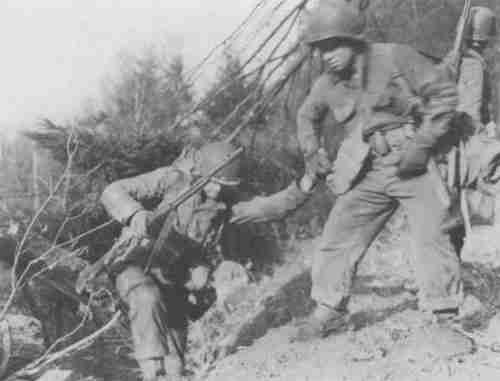
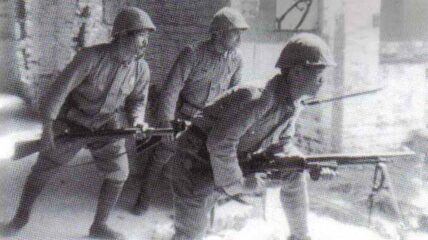

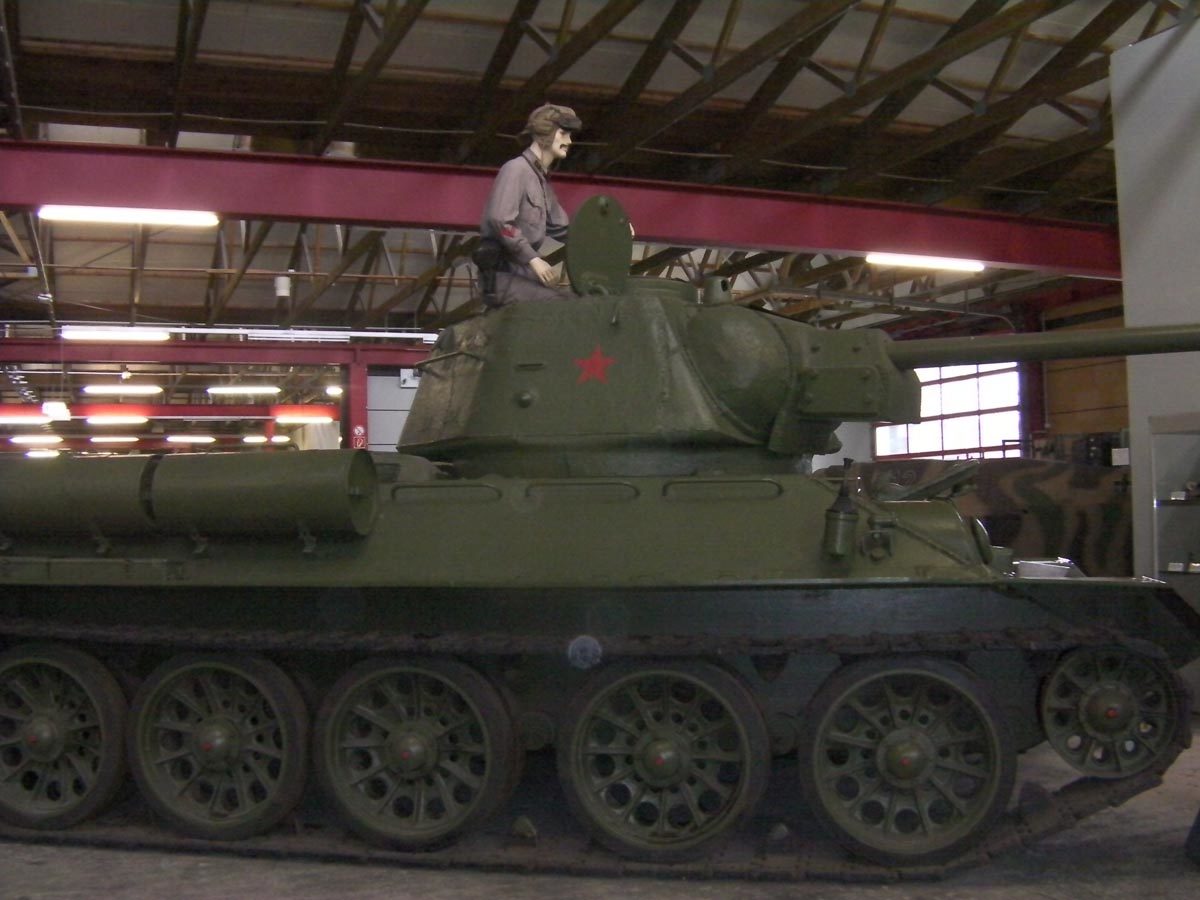

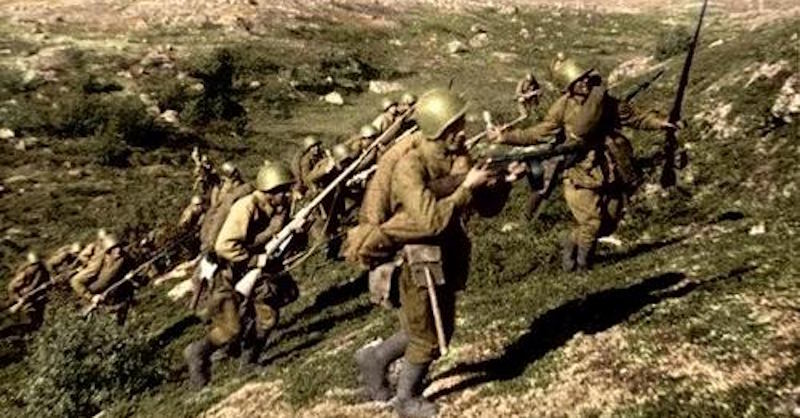
The photo with the Japanese troops is identified as a U.S. M1918A1 BAR. He is quite clearly holding the rifle by the pistol grip, indicating that this was a Chinese FN Mle1930.